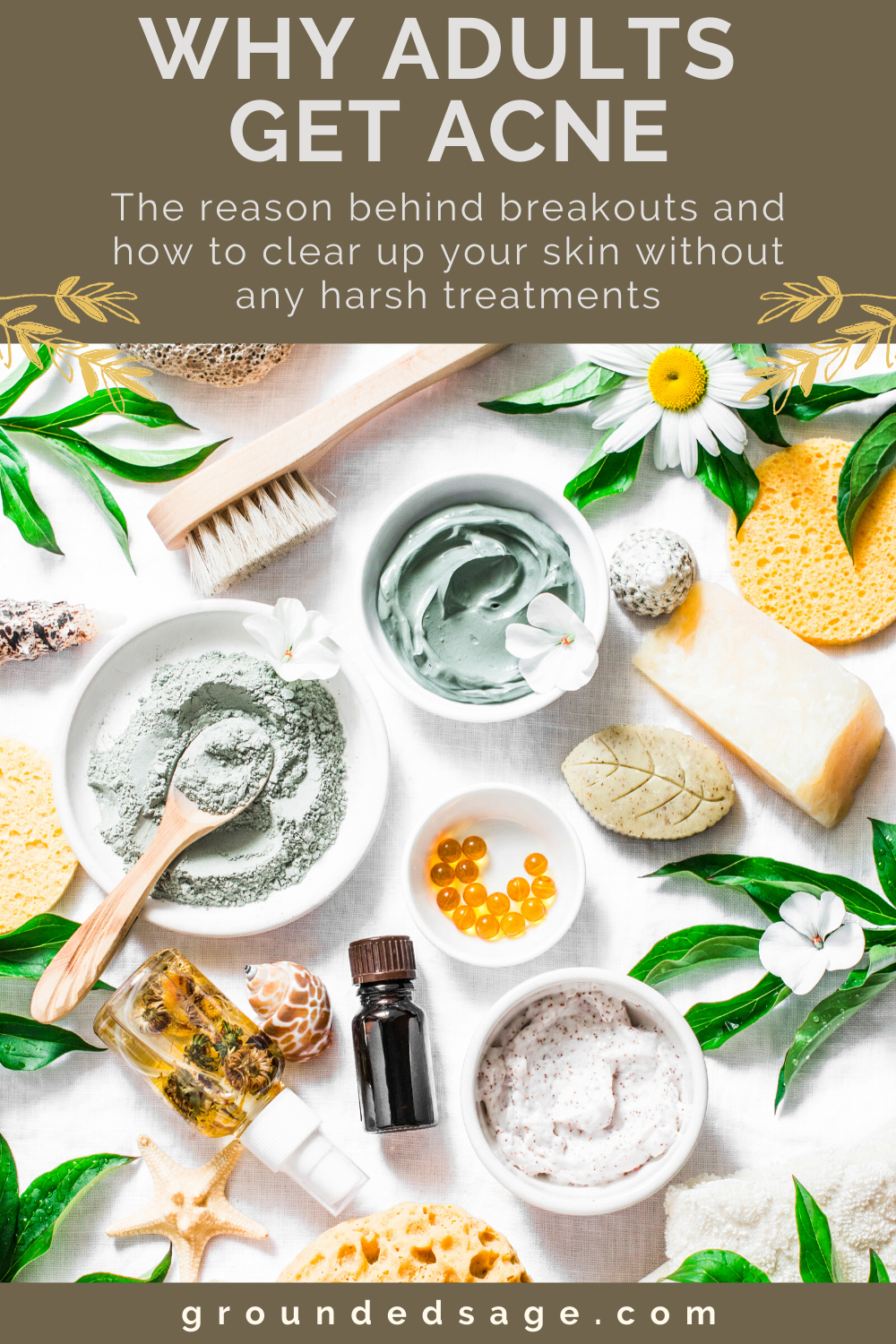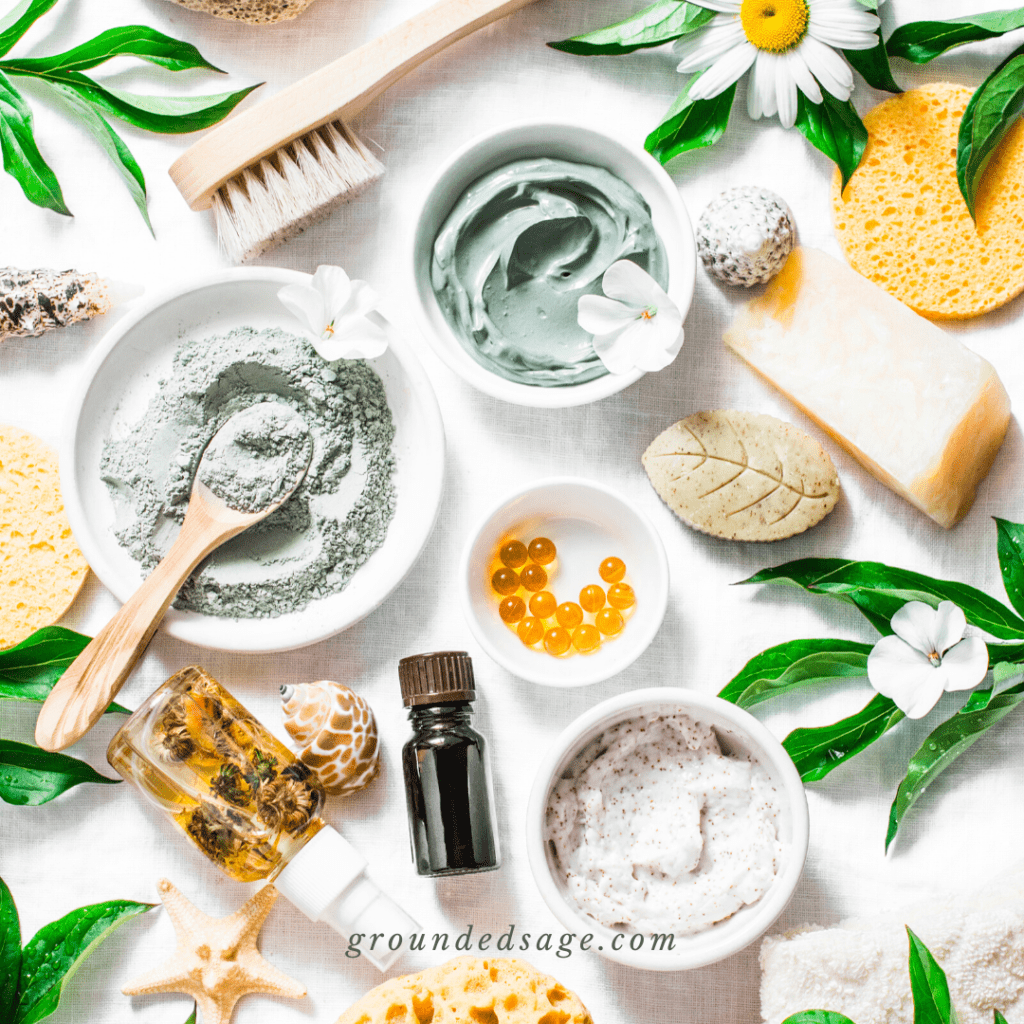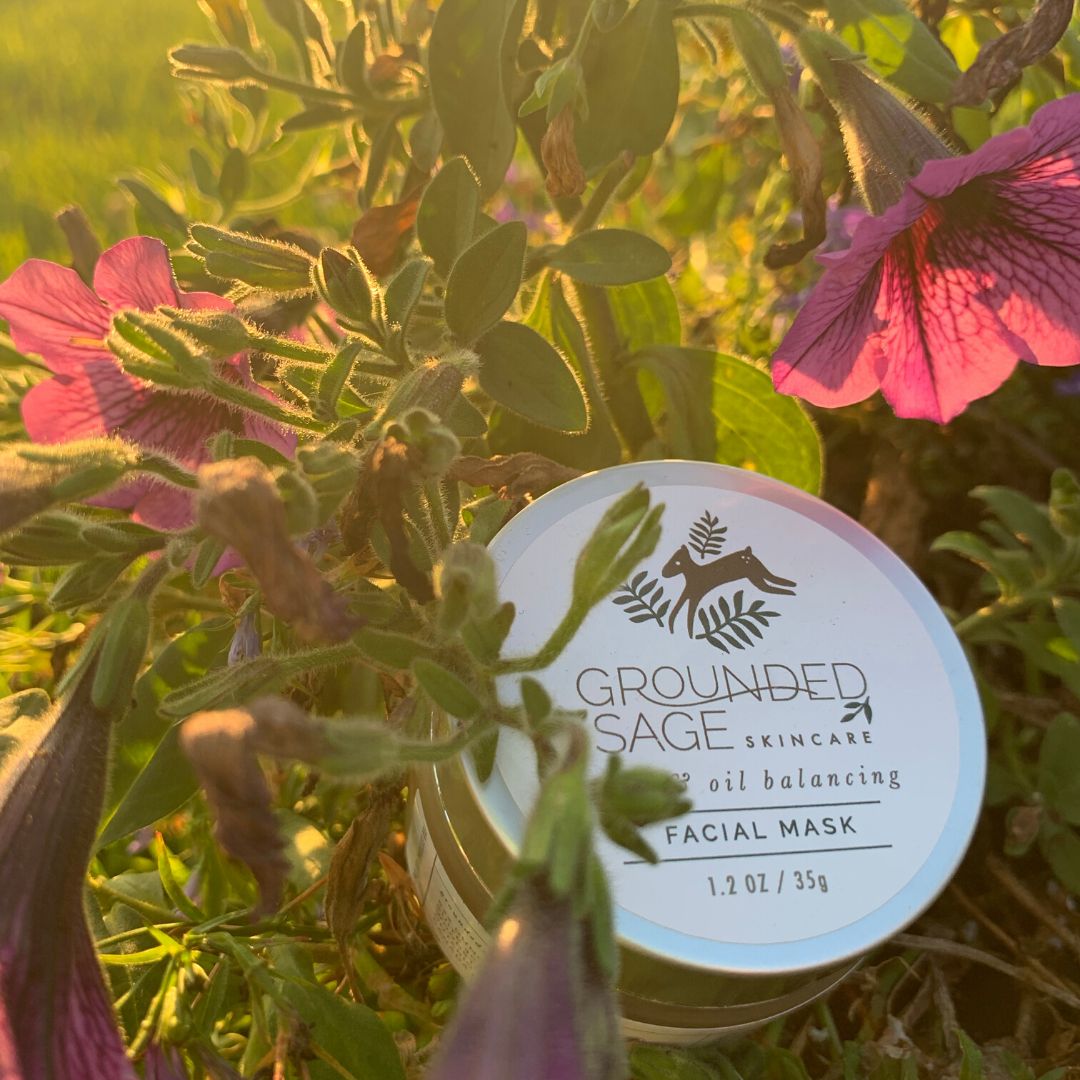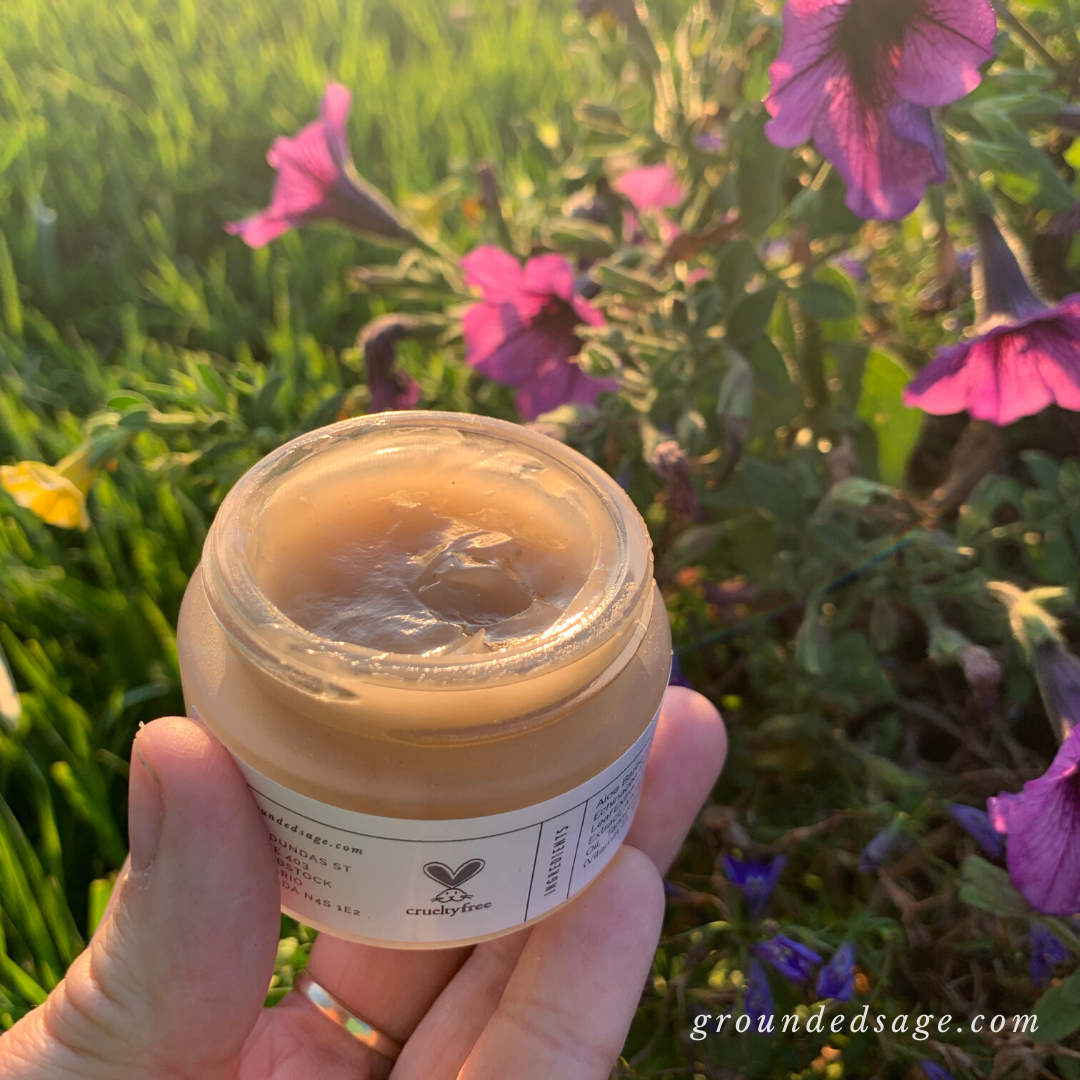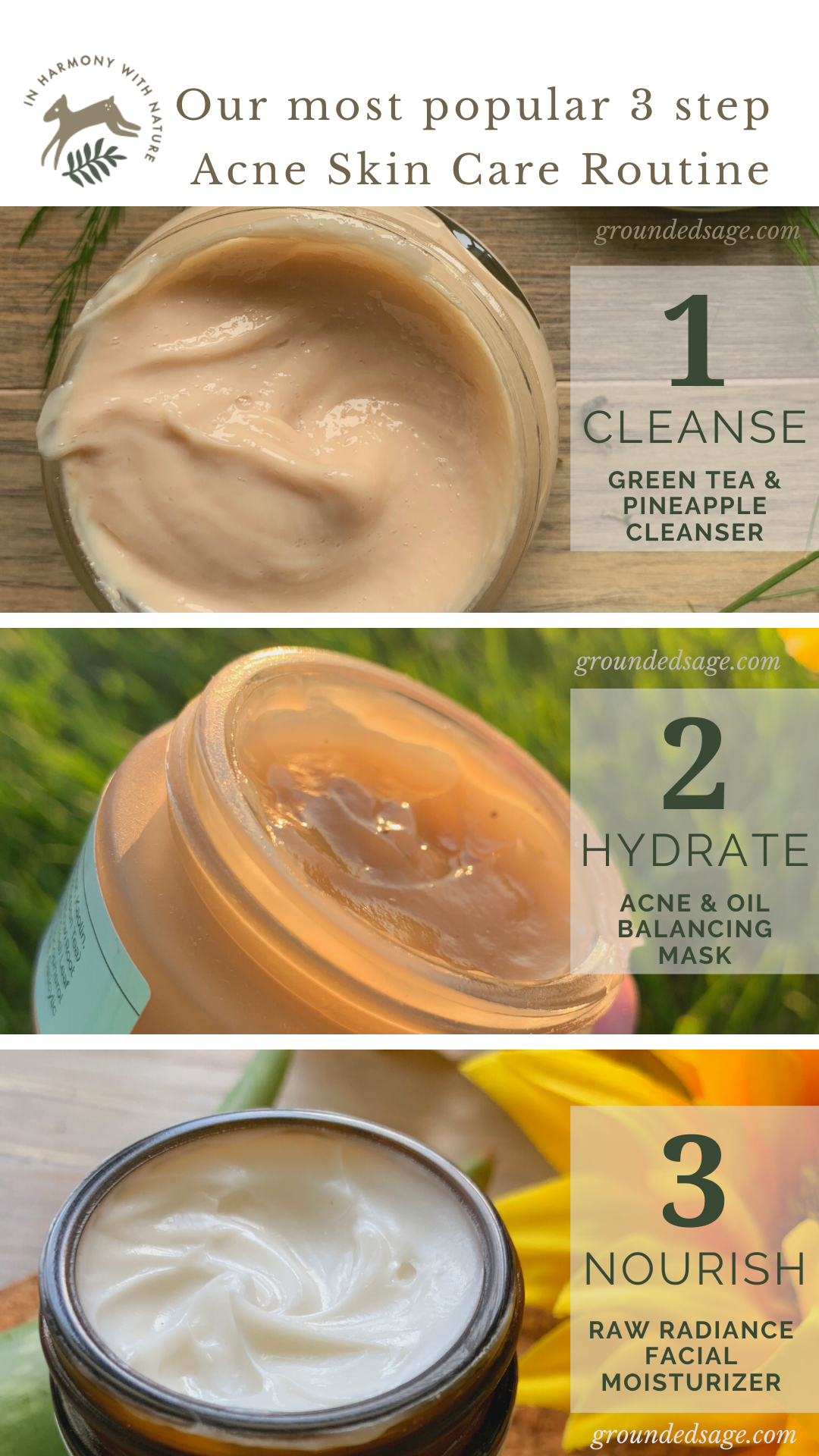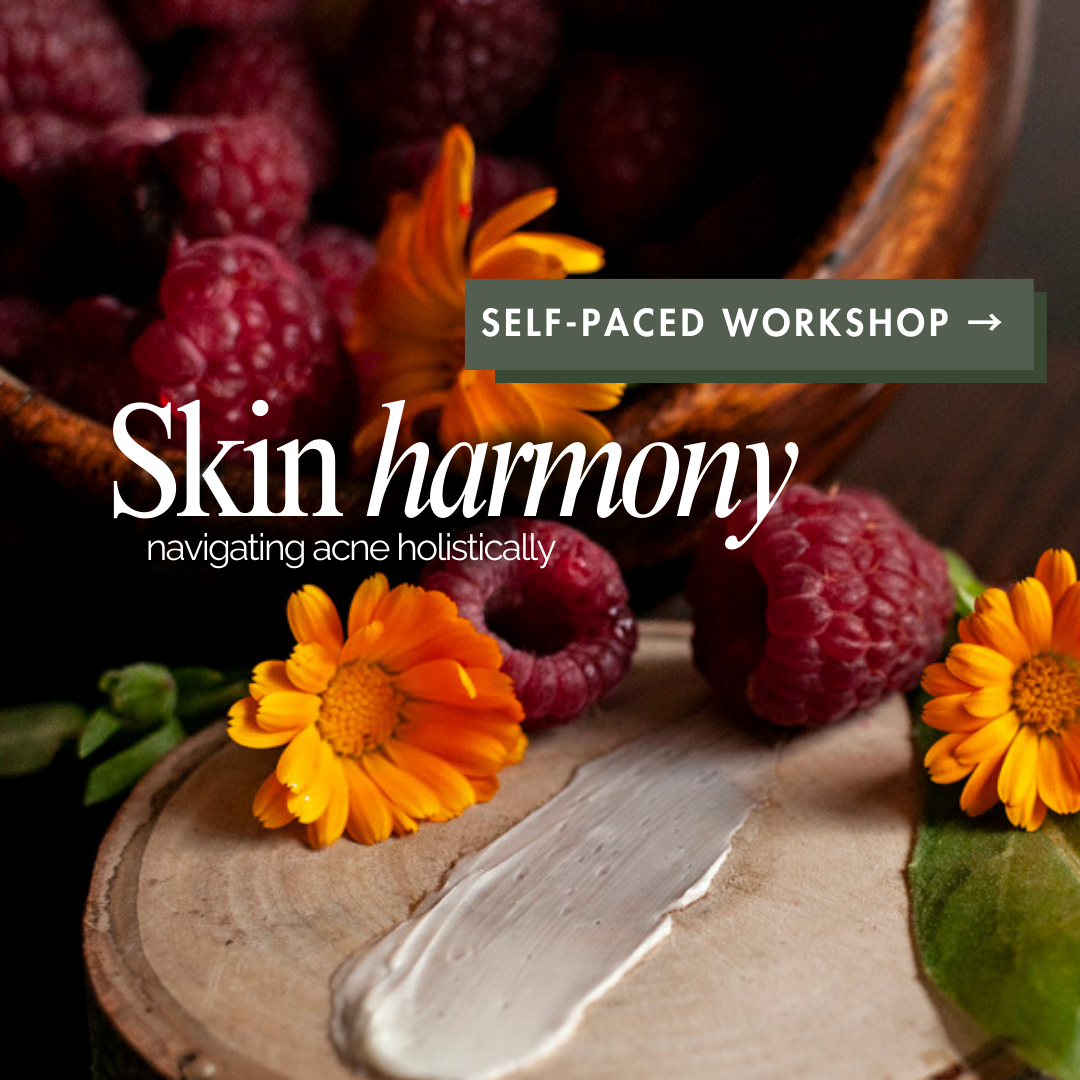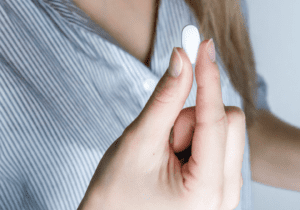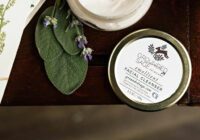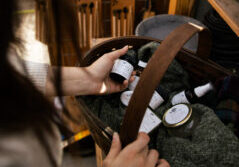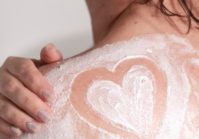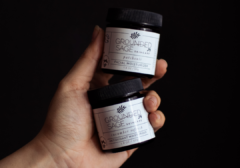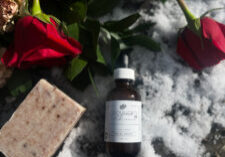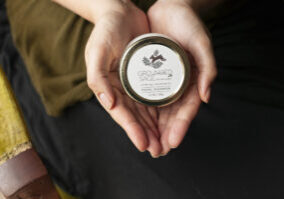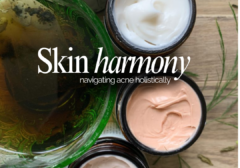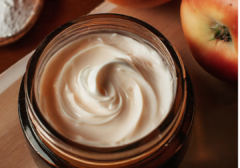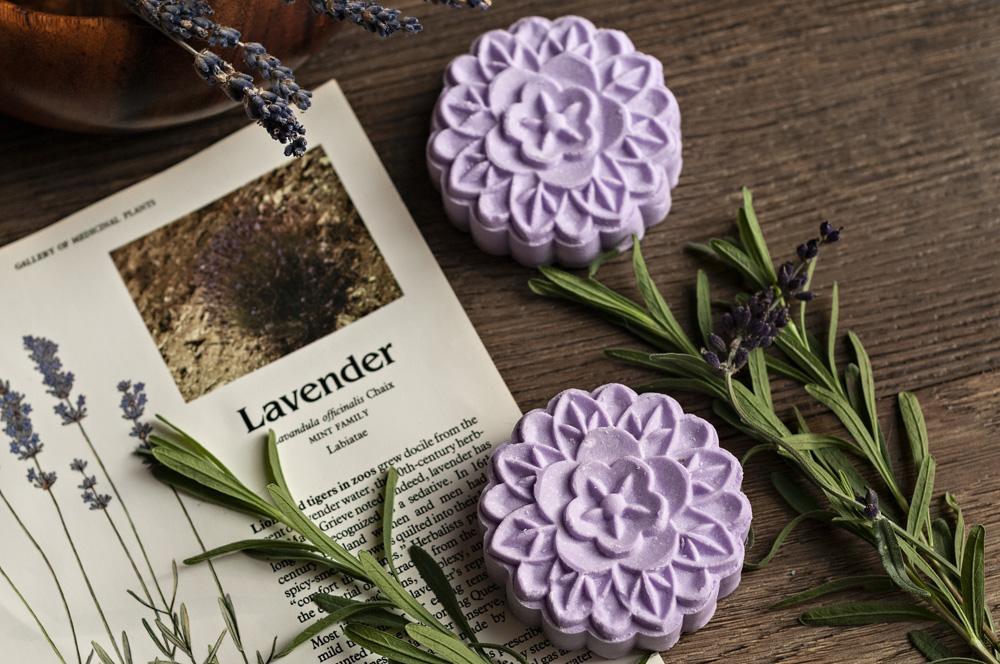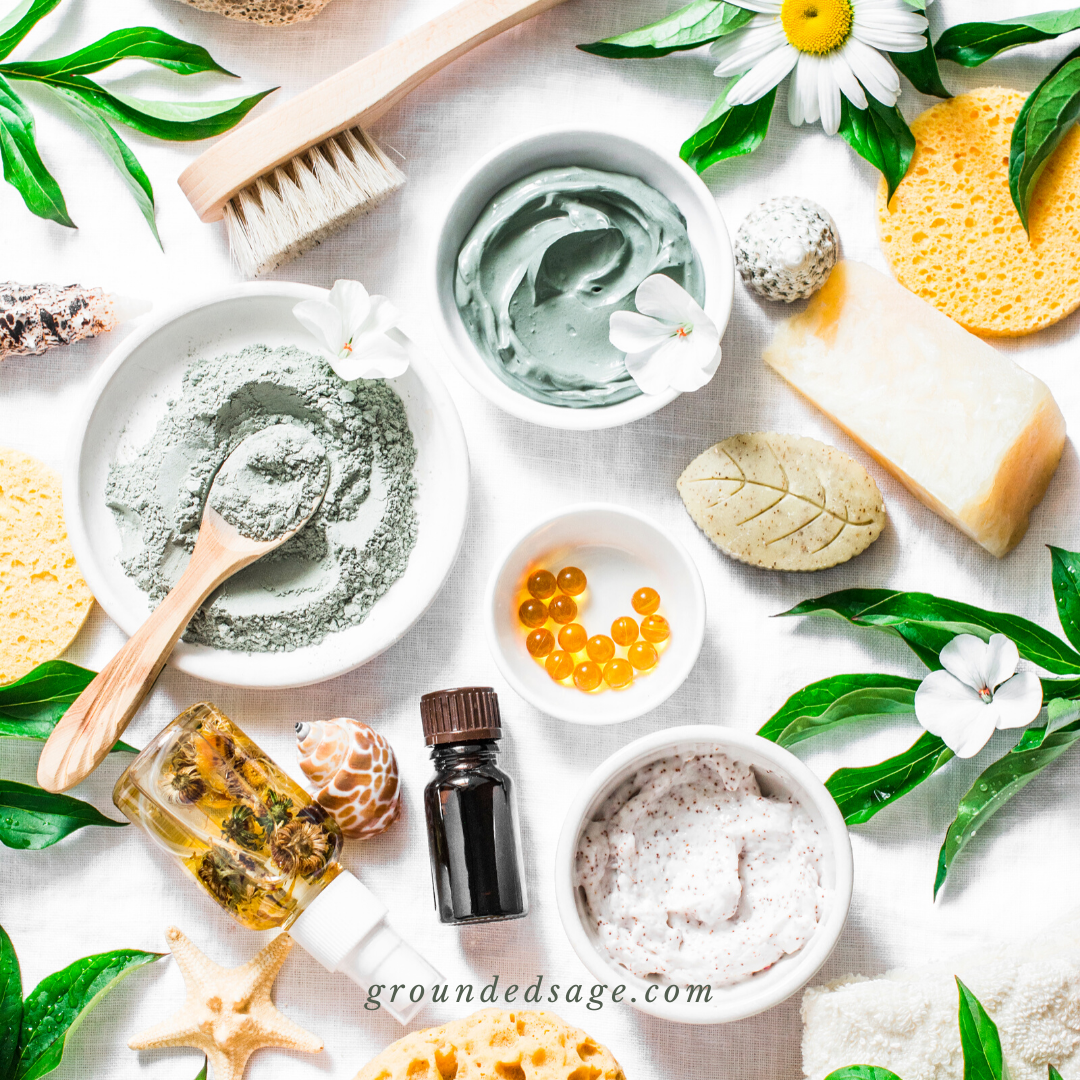
“Why am I breaking out now? I’m not a teenager anymore!”
and
“Why do I have more acne in my 30s and 40s than I did as a teen?”
Above are the two most common questions I get followed by:
“How do I stop my face from breakout out?”
Keep reading for the answers!

Ready for your super quick crash course on what causes acne (including adult acne)?
Hold on to your seat because this might just blow your mind!
Most acne treatments focus on controlling bacteria, and while keeping bacteria under control can help, concentrate our efforts here is like trying to stop a rock from rolling down a hill.
It’s much easier to move the rock away from the edge of the cliff before it falls, rather than try to stop it in mid tumble!
In fact, studies have shown that the very start of a blemish doesn’t contain bacteria at all!

So if bacteria isn’t how acne starts, what is the catalyst?
The answer: Damage to our sebum (our skin’s natural oils) is what triggers acne.
Say what?
Our oil (sebum) is vulnerable to oxidative damage.
When oxidative damage happens, a fatty acid named squalene (a key component of sebum) forms a pore-clogging substance called squalene peroxide.
Still with me?
The squalene peroxide that has been produced as a result of oxidative damage blocks your pores.
Blocked pores trap a mix of things inside them, like bacteria, dead skin cells, hardened oil, debris, etc.
So bacteria will get trapped in your pores, but it isn’t the reason your pores get clogged in the first place!
The oxidative damaged oil created clogs in your pores.

So how do we stop oxidative damage to our sebum?
Figuring out what causes damage to our sebum in the first place! For that, we need to look at:
- Hormone imbalances
- Inflammation inside & out
- Sources of topical damage
Sebum Damage: What Slows It Down
Protection against sebum oxidation includes:
1) A generous supply of antioxidants in our diet and our skincare routine will protect against sebum oxidation.
- Fun fact: acne-prone skin needs more antioxidants to stay clear than skin types that aren’t prone to acne.
Some of the best antioxidants to include in your acne-fighting skincare routine are:
-
- green tea
- vitamin c
- vitamin b3 (niacinamide)
- zinc
2) Protecting our skin from UV rays protects our sebum against oxidation.
- Make sure your daytime routine includes sun-blocking ingredients.
3) Hormonal factors will determine whether our sebum will be more likely to cause breakouts.
- Healthy, balanced hormones are the goal because they keep our sebum from being too sticky or inflammatory. PCOS, endometriosis, insulin resistance, stress, gut issues, diet, and more can make the production of healthy, balanced hormones harder.
- I highly recommend seeing a naturopath for solutions that will allow your body to make healthy hormones. What helps everyone will be slightly different. For example, what works for me is
- a daily chaste tree berry supplement
- a daily zinc supplement
- a daily NAC (antioxidant) supplement
- avoiding dairy
- getting some light movement in most days (for me, that’s walking the dogs).
4) Focus on reducing inflammation now and always!
- Inflammation inside our body (from stress, diet, gut issues, autoimmune dysfunction, and more) will deplete our antioxidant supply and lead to sebum oxidation.

Your Sources of Acne-Causing Sebum Damage
If you’d like help uncovering your primary sources of sebum damage, you’re in luck because we have a handy, downloadable workbook.
Or, explore more articles in our acne learning nook here.
Lastly, I thought it would be helpful to share our most popular 3-step routine for acne-prone skin (see below). This simple routine is packed with antioxidants, vitamins, minerals, and skin-supporting botanicals. All the products in the routine can be found here.
All the products in the routine can be found here.

Pin for later:
